The post DIY Photography Backdrops for Still Life and Product Photography appeared first on Digital Photography School. It was authored by Darina Kopcok.
Your choice of backdrop can have a big impact on the final look of your photos.
You may have purchased expensive professional photography backdrops because you know this.
But whether you’re a hobbyist or pro, you probably already spend enough on your photography that you don’t want to shell out the big bucks for your props. Luckily, with a bit of creativity, you don’t have to.
Here are some of the best ways to create beautiful DIY photography backdrops for still life and product photography.

Painted canvas backdrop
For a magazine-quality look, my top pick for a still life photography backdrop is painted canvas.
Professional canvas backdrops are expensive, but you can make your own for a fraction of the retail price.
Go to your local hardware store and buy a canvas painter’s drop cloth. These are pieces of canvas you use to protect the floor when painting interiors.
Canvas drop cloths are usually large, so you can cut them into four pieces to get four backgrounds out of one stretch of fabric. Make that eight if you go double-sided.
While you’re at the hardware store, purchase two or three paint samples in a similar tone for each backdrop. Note that the canvas soaks up a lot of the paint, so you may need to purchase primer as well, or use more paint than you thought.
Layer the paint onto the canvas with a small, good-quality roller, moving the roller in different directions.
To add more texture, scrunch up a rag or use a large sea sponge and dip it into the paints. Randomly press the rag onto the canvas.
Your backdrops will have a natural texture that enhances but doesn’t compete with your subject. The canvas also has a great subtle texture, too.

Ceramic flooring tile
Another beautiful yet simple background is porcelain or ceramic tiles. You can get them from your local home improvement store. These are inexpensive and look great. They’re easily wipeable, which is a bonus if you’re dealing with food or liquid products.
Just make sure that any tiles you pick aren’t shiny, so you don’t get glare. Good colors to choose are grey, black, white, or cool brown tones like taupe. These neutrals will enhance and complement a wide variety of products or still life subjects. They are better for smaller subjects because they tend to not be very large.

Painted wooden backdrops
These days, there are a lot of suppliers selling painted custom backdrops for still life photography, but painting some yourself can be a lot less costly, and you don’t need any special skills.
To make your own, buy thin plywood sheets at the home improvement store. Pieces that are at least 2×3 feet should accommodate most of your set-ups. The bigger stores like Home Depot can also cut larger pieces into smaller ones for you, so you can get more mileage out them.
You can purchase paint samples from the hardware store as well, or use craft paints. Just make sure that any paints or varnishes you use are matte. Even some of the satin types can cause unwanted shine in your images.
Choose three or four colors in a similar color family and pour them together in the middle of the board. Take a large sea sponge and dab the paint all over the board to create a blended and subtle, mottled effect.
Finish with a thin coat of matte, water-resistant sealer.

Linens
Having a variety of linens on hand will make your life a lot easier as a still life photographer.
Depending on what you shoot, these can run the gamut from natural fabric like linen to lightly patterned damask tablecloths.
You can use the fabric as the entire backdrop, as shown in the image below, or just to cover a portion of another backdrop.
When covering your entire surface with a piece of linen or tablecloth, place another layer of fabric underneath. This will plump it up and make it look more attractive.
Again, when choosing your colors, stick to neutrals. Shades of blue also look good, especially in dark and moody images. You can choose a pastel or brighter color depending on what you’re shooting and your desired result.
The key is that you don’t want your photography backgrounds competing with and drawing the eye away from your main subjects.

Vintage Tray
Don’t get rid of any old or vintage trays you may have kicking around. They also make great photography backgrounds for still life.
Depending on the metal, they will often have a lovely patina that will add something special to your shots. They look great close up or at a distance, or can be used as an element in telling your story.
You can often find vintage trays for an affordable price at secondhand or antique stores.
As with any backdrop, it should not be reflective.
Note that in the images below, the tray doesn’t look overly shiny, even though I backlit my subjects. It has a nice and subtle texture.

Colored papers
Colored or textured craft or construction paper can make pretty and inexpensive photography backdrops that are light and easy to store.
Source large pieces of craft paper or construction paper at your local craft supply store, or check out sites like Amazon for packages of paper offering a variety of colors.
In the image below, I used a large piece of yellow construction paper as my background. To recreate this look, distance your paper a fair bit away from your set. This will help you get a blurred out horizon line and so your subject doesn’t look “stuck” to your background.

Wooden cutting boards
Depending on the size, a wooden cutting board can function as a nice backdrop or be used as a layering piece in some types of still life shoots, like food photography.
Be careful about purchasing boards with a warm, orange, or yellowish tinge. Since most food is quite warm in tone, an image that is warm throughout can end up looking dated.
Also, the camera tends to exaggerate this orange tone. I find that I have to decrease the orange saturation in all of my images to start with.
Look for light boards like pine, or boards in deep espresso for darker shots. You can also paint these in whatever color you want. In the image below, I painted mine white and distressed it with fine sandpaper.
Be sure to keep painted boards for photography purposes only, because they won’t be food safe.

To sum up
There are so many different ways to create stunning still life and product photography backdrops without the expense of buying and shipping wooden backdrops from specialist suppliers.
These are just a few ideas, but also look at contact paper, wallpaper, burlap, and old pieces of wood.
Experiment with the items you already own before spending a lot of money on costly photography backdrops.
Do you have other tips for DIY photography backdrops? Share with us in the comments section!

The post DIY Photography Backdrops for Still Life and Product Photography appeared first on Digital Photography School. It was authored by Darina Kopcok.
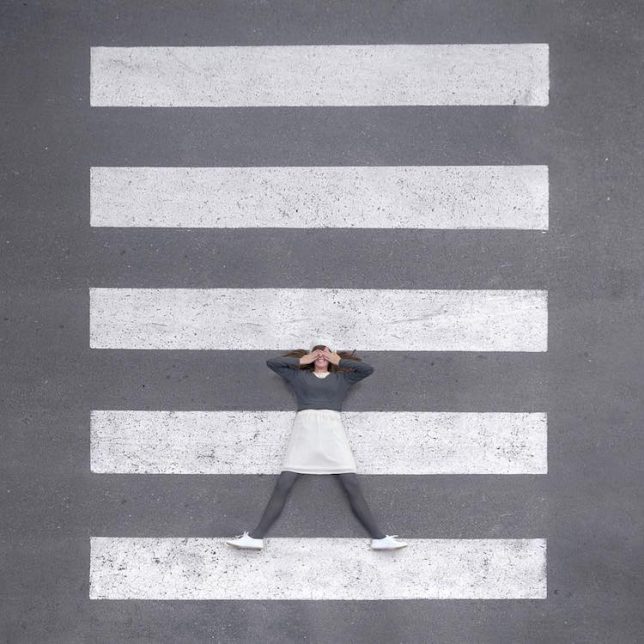
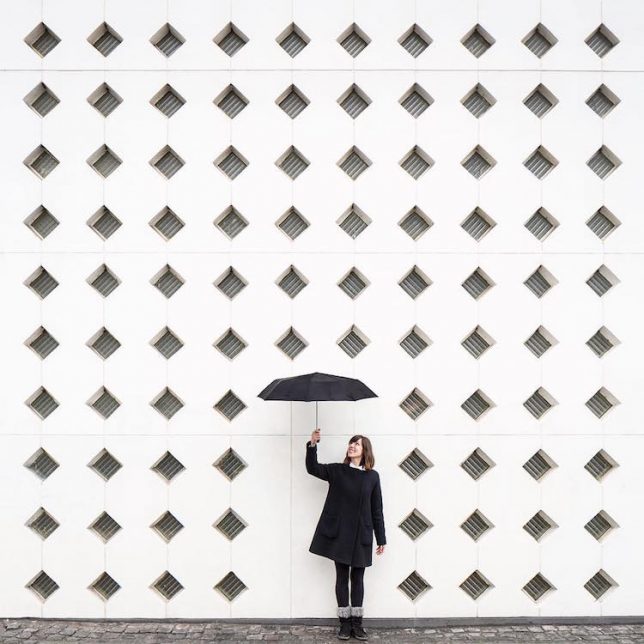
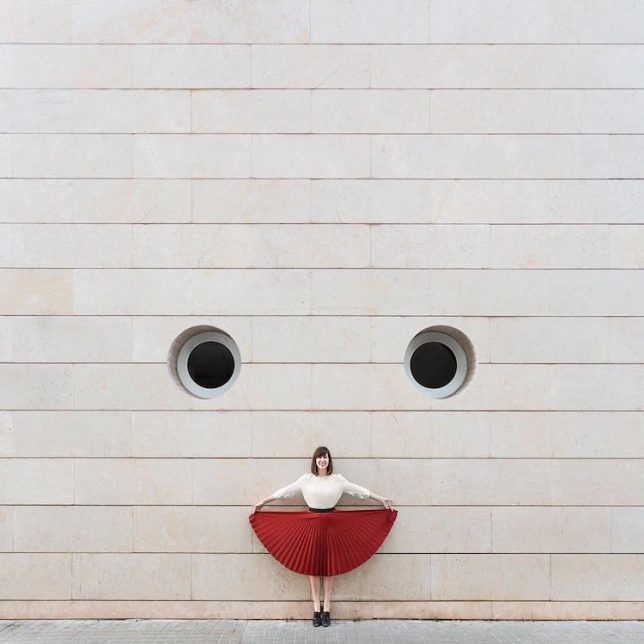
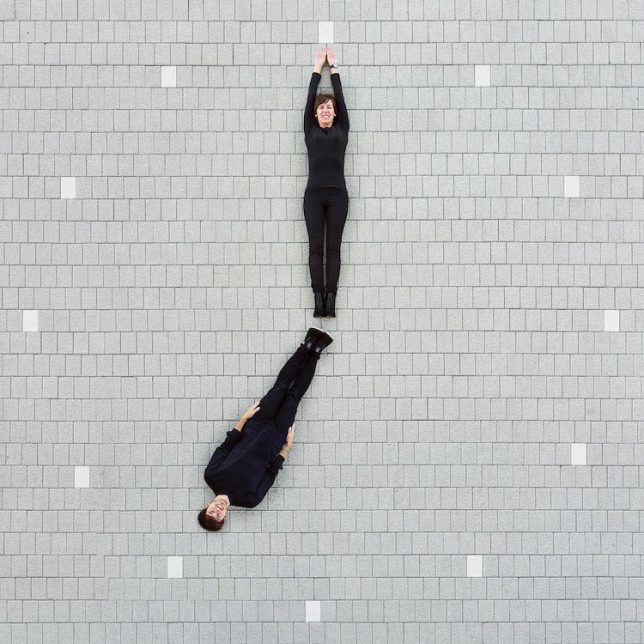
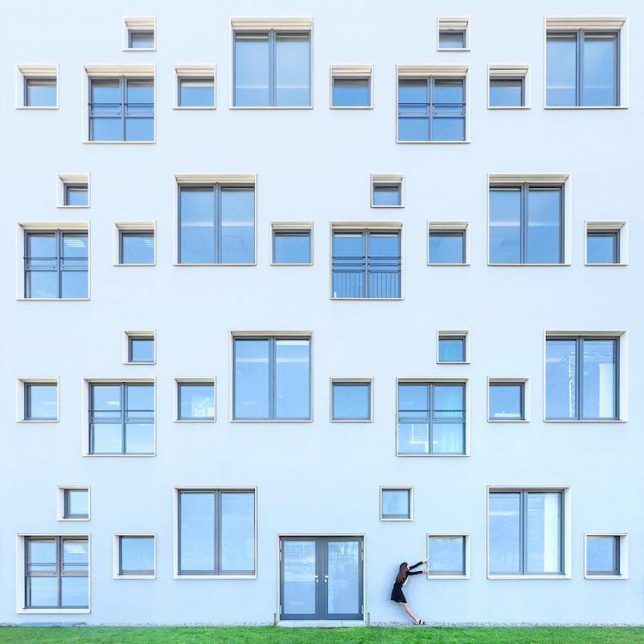
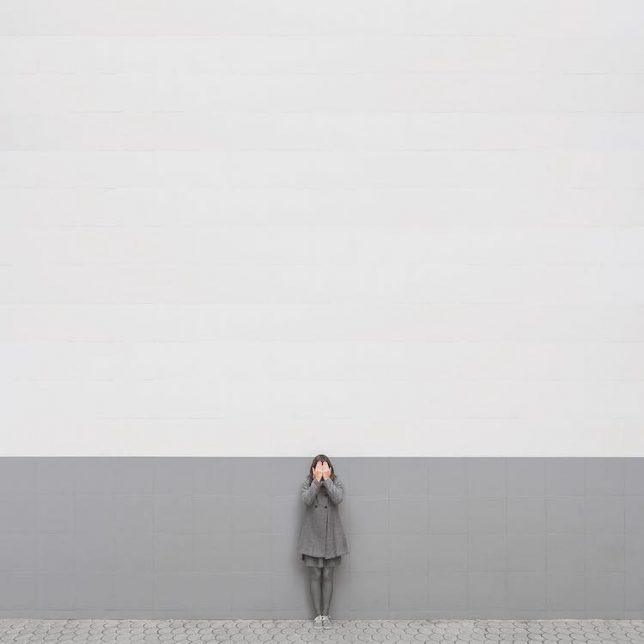
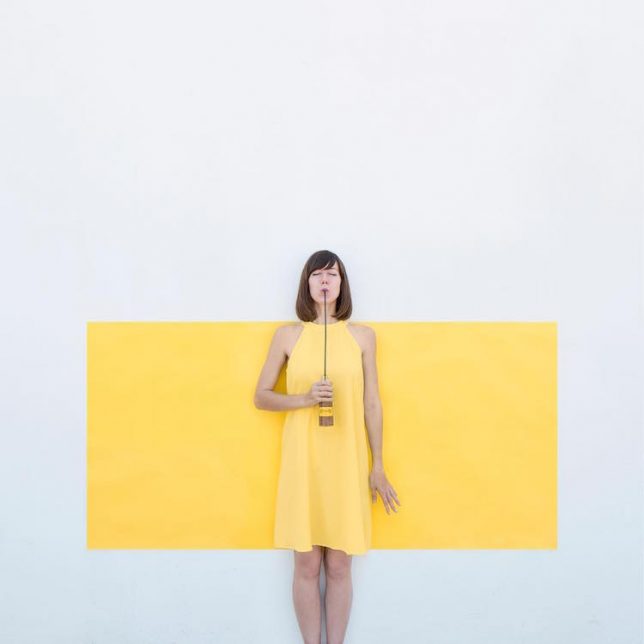
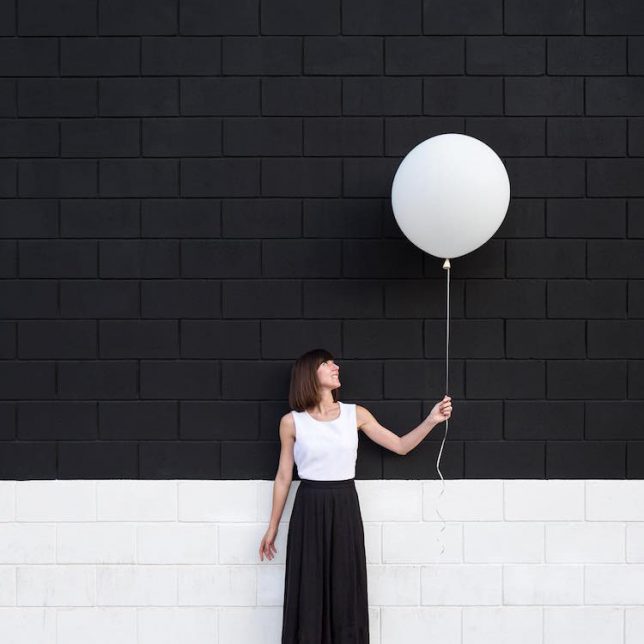




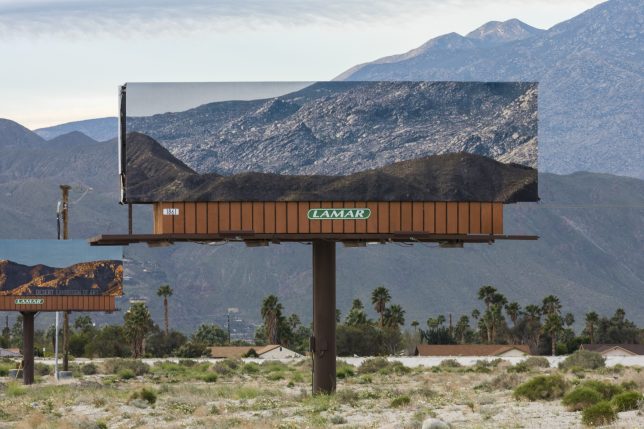
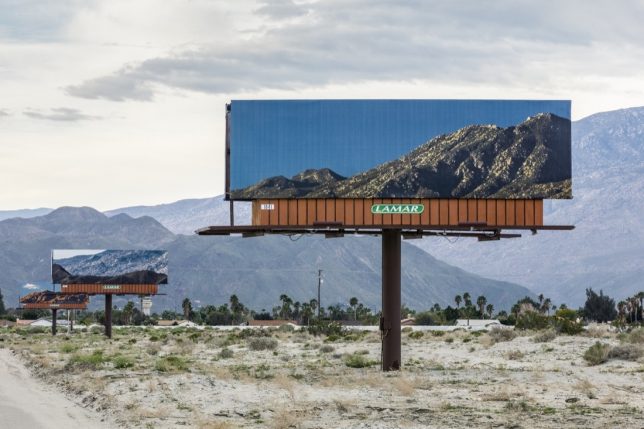
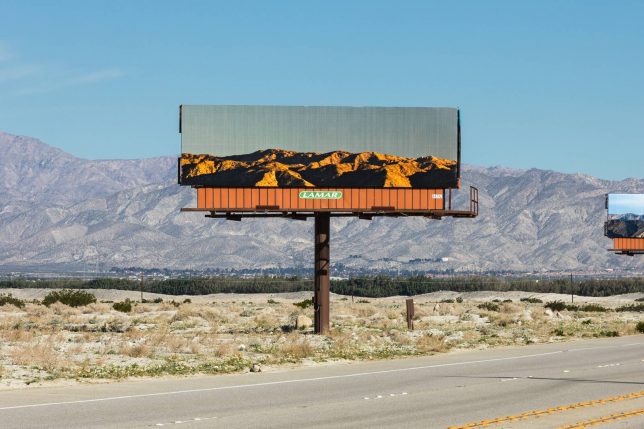
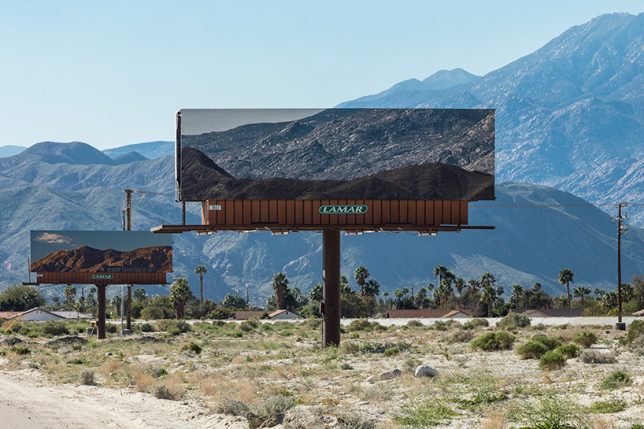
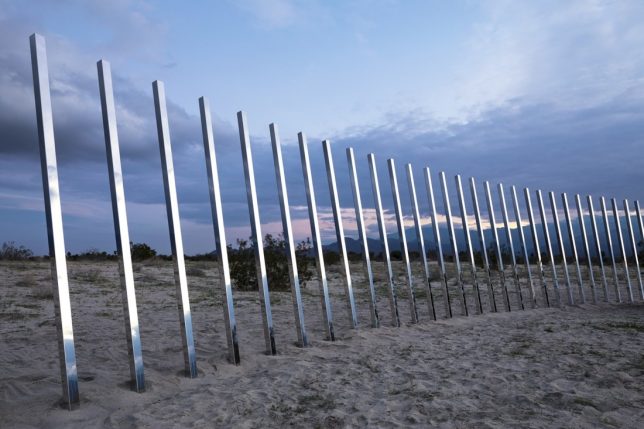
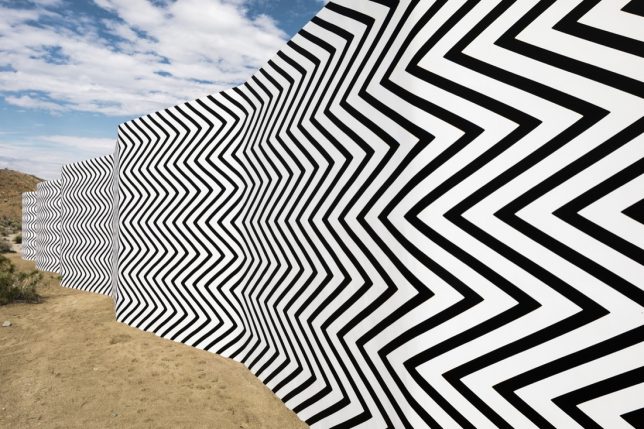
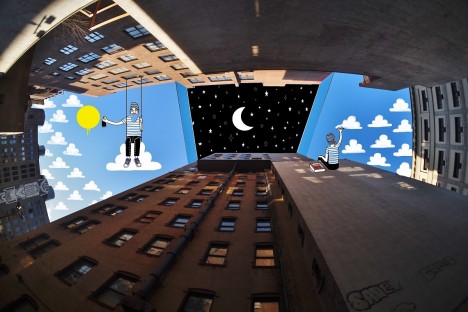



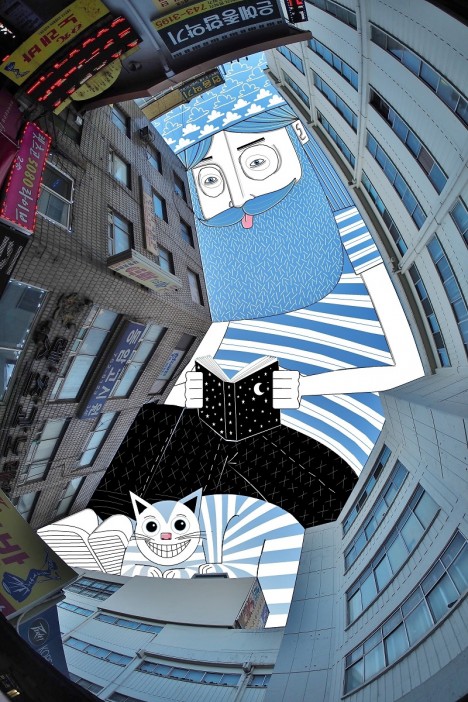
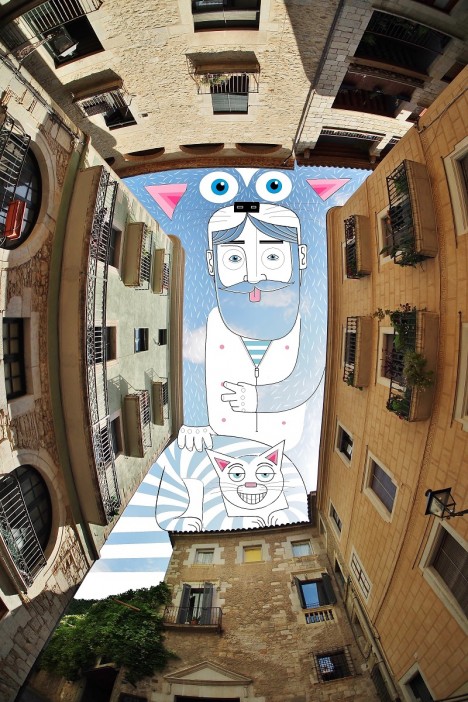
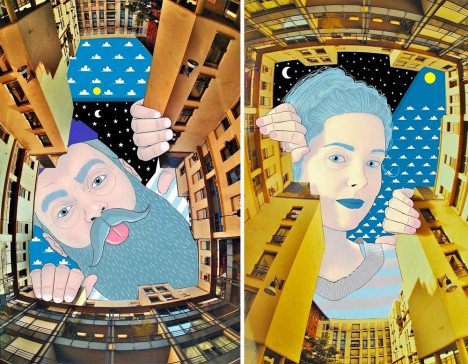
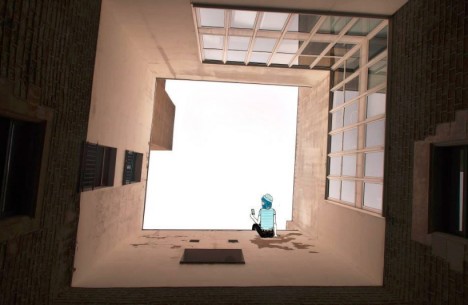
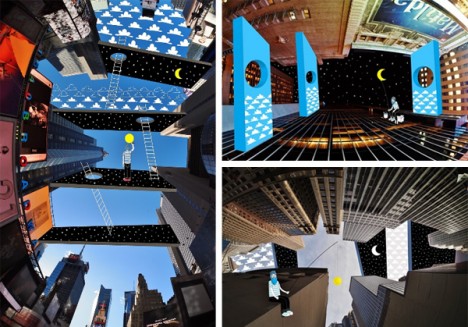
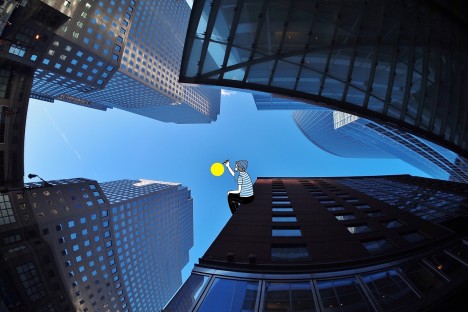
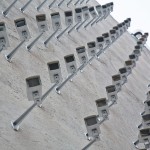
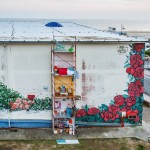





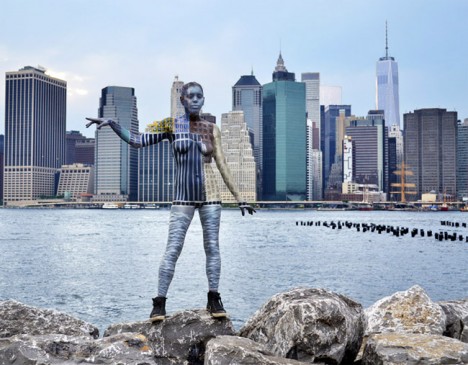

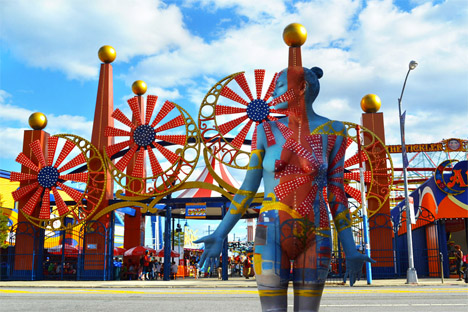

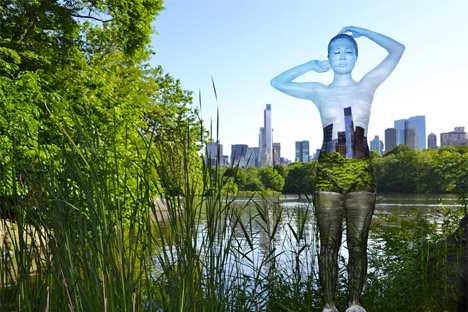
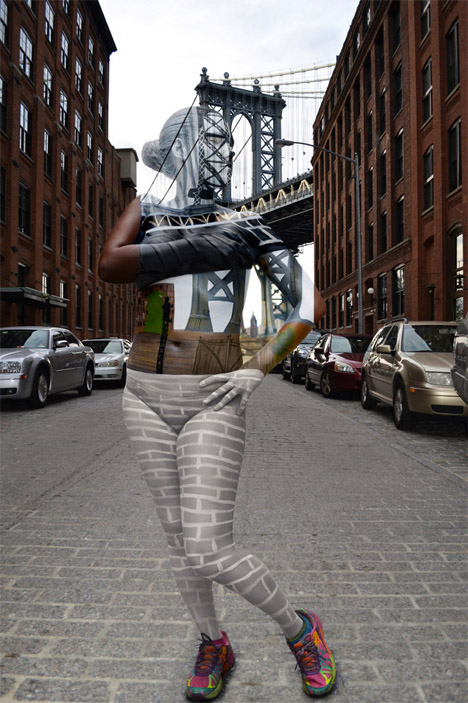
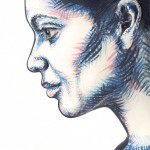
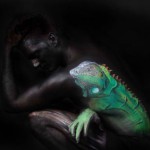
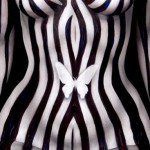


You must be logged in to post a comment.